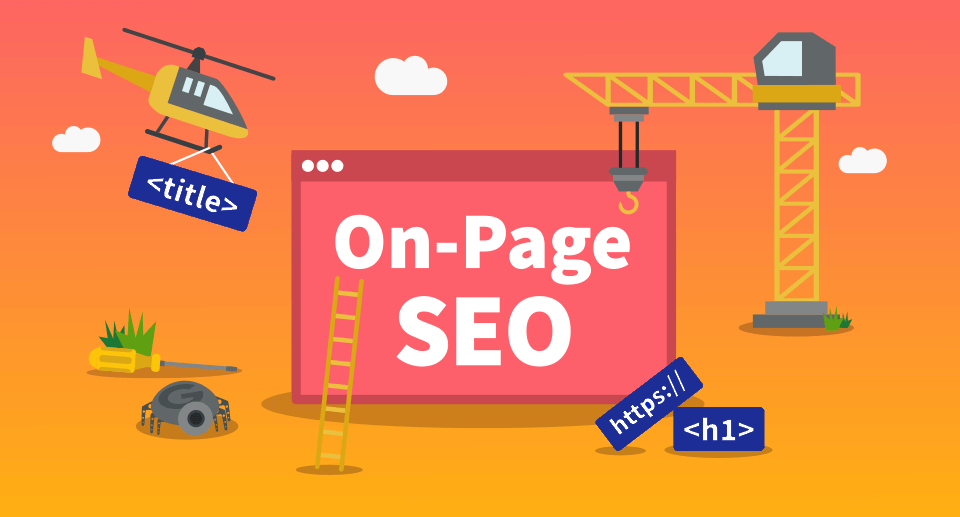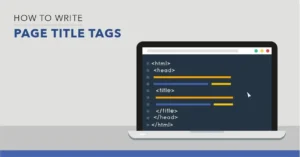On-page SEO Strategies are vital for optimizing individual web pages to improve search engine rankings and attract relevant traffic. These strategies focus on elements within the website, including high-quality content, strategic keyword placement, meta tags, headings, and internal linking. Effective On-Page SEO Strategies also emphasize optimizing images with alt text, improving URL structure, and ensuring mobile-friendliness. Execution requires thorough keyword research, aligning content with user intent, and regularly updating pages to maintain relevance. By mastering On-Page SEO Strategies, businesses can enhance visibility, provide a better user experience, and gain a competitive edge in search engine results pages (SERPs).
This article delves into the concept of on-page SEO strategies, breaking down their importance, key components, and best practices for effective execution.
Table of Contents
What Is On-Page SEO?
On-page SEO refers to the practice of optimizing web pages to improve their ranking on search engine results pages (SERPs) and drive organic traffic.
Unlike off-page SEO, which focuses on external factors such as backlinks and social signals, on-page SEO deals with elements directly within a webpage that you can control. This includes everything from content, keywords, and meta tags to images, URLs, and internal linking.
The primary goal of on-page SEO is to help search engines, like Google, understand the content of your webpage and assess its relevance to users’ search queries.
When done correctly, on-page SEO improves both the user experience (UX) and the search engine’s ability to crawl and index your content, leading to better rankings.
On-Page SEO vs. Off-Page SEO
While Off-page SEO involves optimization strategies that take place outside your website, on-page SEO focuses on tactics implemented directly on your web pages.
Here’s a brief overview of the approaches used in both on-page and off-page SEO:
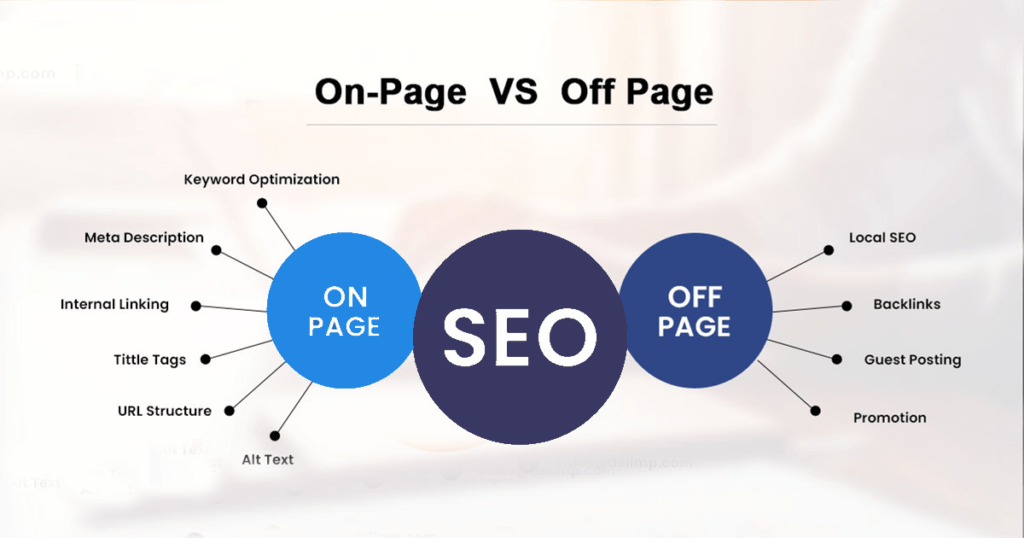
A summary of the methods involved in on-page and off-page SEO Both on-page and off-page elements are crucial for a successful SEO strategy.
Additionally, technical SEO plays a significant role, in addressing site-wide enhancements like security, page loading speeds, and mobile responsiveness, all aimed at improving your website’s search visibility.
Why Is On-Page SEO Strategies Important?
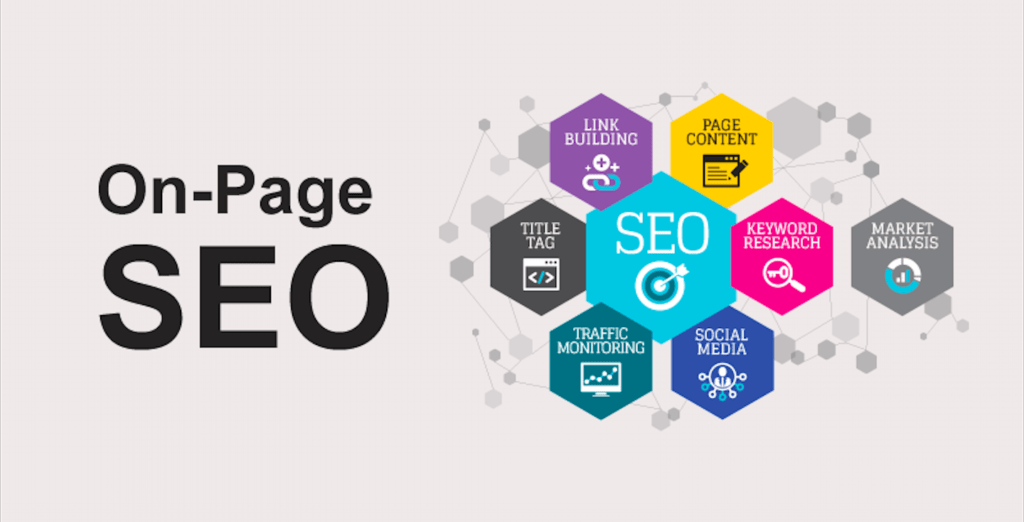
Search engines, particularly Google, have evolved significantly over the years. Modern search algorithms are much more sophisticated and take into account various factors to determine the relevance and quality of web content.
While off-page factors like backlinks and domain authority are important, on-page SEO lays the foundation for search engines to interpret and evaluate the core content of a website.
Here are some key reasons why on-page SEO is critical for your overall SEO strategy:
- Relevance to Search Queries: On-page SEO helps align your content with user search intent. By optimizing for relevant keywords and providing useful, structured content, search engines are more likely to rank your pages higher for the right queries.
- Improved User Experience: SEO and UX go hand in hand. Proper on-page optimization ensures that your website is user-friendly, loads quickly, is mobile-responsive and provides a seamless experience, which can reduce bounce rates and increase time spent on the page.
- Enhanced Search Engine Crawling: On-page SEO elements like meta tags, structured data, and internal linking make it easier for search engine bots to crawl and index your pages, helping them understand your content better and rank it accordingly.
- Better Local Search Performance: Optimizing on-page elements, including location-based keywords and schema markup, improves visibility in local search results, making it easier for nearby users to find your business.
- Increased Organic Traffic: Ultimately, the primary goal of SEO is to drive organic traffic. Proper on-page optimization improves your chances of ranking higher in SERPs, attracting more users to your site.
Key Elements of On-Page SEO
On-page SEO consists of a variety of elements that contribute to the overall ranking and visibility of a webpage. To understand the concept of onpage seo let’s break down these components into two main categories: content-related and technical.
1. Content-Related On-Page SEO Elements
The content on your webpage is the cornerstone of on-page SEO. Search engines value high-quality, relevant content that addresses users’ needs and aligns with their search intent. Here are the key content-related aspects of on-page SEO:
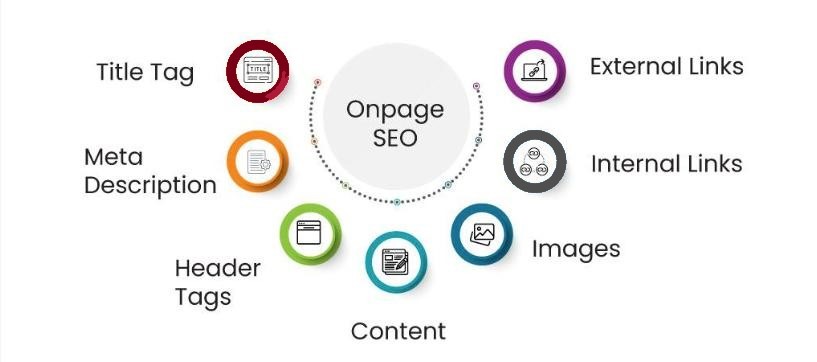
A. Keyword Optimization
Keywords are the backbone of on-page SEO. They are the words and phrases that users enter into search engines when looking for information, products, or services. Effective keyword optimization involves:
- Keyword Research: Before creating content, conduct thorough keyword research to identify high-volume and relevant keywords that align with your audience’s search intent. Tools like Ahrefs, and SEMrush can help.
- Keyword Placement: Once you’ve identified the target keywords, strategically place them in critical locations on the webpage, including:
- Title tag
- Headings (H1, H2, etc.)
- URL
- First paragraph
- Throughout the body of the content (but avoid keyword stuffing)
- Latent Semantic Indexing (LSI) Keywords: These are semantically related words and phrases that help search engines better understand the context of your content. Incorporating LSI keywords can improve relevancy without overusing primary keywords.
B. High-Quality Content
Search engines prioritize content that provides value to users. High-quality content is informative, engaging, well-structured, and satisfies the search intent of your audience. Here are some best practices for crafting content that boosts your on-page SEO:
- Relevance: Ensure that your content answers the user’s query comprehensively. Conduct research to cover all aspects of a topic and provide useful, actionable insights.
- Originality: Duplicate or thin content can lead to penalties from search engines. Always create unique content that adds value to your readers.
- Readability: Break your content into smaller, digestible sections using headings, bullet points, and short paragraphs. Use simple language and avoid jargon unless necessary.
- Content Length: Although there’s no strict rule for content length, longer content tends to perform better in search rankings. Aim to create in-depth content that thoroughly covers a topic.
- Multimedia Elements: Incorporating images, videos, infographics, and other multimedia elements not only improves user engagement but also provides an opportunity to optimize these elements for SEO.
C. Meta Tags
Meta tags are snippets of text that provide information about your webpage to search engines and users. Two crucial meta tags for on-page SEO are:
- Title Tag: The title tag appears in SERPs and is one of the most important on-page SEO factors. It should accurately describe the content of the page and include your primary keyword. Aim for a compelling and concise title (around 50-60 characters).
- Meta Description: Although not a direct ranking factor, the meta description appears below the title tag in search results and can significantly impact click-through rates (CTR). It should be around 150-160 characters long, include your target keyword, and provide a clear summary of what users can expect from the page.
D. Internal Linking
Internal links connect different pages on your website and help distribute link equity across your domain. They also guide users to relevant content and help search engines crawl your site more efficiently. Key internal linking strategies include:
- Linking to high-authority pages within your site.
- Using descriptive anchor text that includes relevant keywords.
- Ensuring that all pages are interconnected and easy to navigate.
2. Technical On-Page SEO Elements
In addition to content, several technical aspects of on-page SEO play a significant role in how search engines crawl, index, and rank your pages. Here are some of the most important technical components:
A. URL Structure
A clean, well-structured URL is not only user-friendly but also helps search engines understand the context of the page. Best practices for URL optimization include:
- Keeping URLs short and descriptive.
- Including your primary keyword in the URL.
- Using hyphens (-) to separate words rather than underscores (_).
Example of an optimized URL:https://www.example.com/seo-best-practices
B. Mobile-Friendliness
With the majority of internet traffic now coming from mobile devices, optimizing your site for mobile users is crucial. Google’s mobile-first indexing means that the mobile version of your site is prioritized for ranking purposes. Key aspects of mobile optimization include:
- Ensuring a responsive design that adapts to different screen sizes.
- Improving load times for mobile pages.
- Avoiding intrusive interstitials (e.g., pop-ups) that can disrupt the user experience.
C. Page Speed
Page speed is a crucial ranking factor. Slow-loading pages lead to high bounce rates, poor user experience, and lower search rankings. You can optimize page speed by:
- Compressing images and reducing file sizes.
- Minimizing the use of heavy scripts and plugins.
- Leveraging browser caching and using Content Delivery Networks (CDNs).
Tools like Google PageSpeed Insights can help you evaluate your page speed and provide recommendations for improvement.
D. Structured Data (Schema Markup)
Structured data, or schema markup, is a form of code that helps search engines understand the content on your site more effectively. It also enables the display of rich snippets in search results, which can improve CTR. Common types of structured data include:
- Product information (for e-commerce sites).
- Reviews and ratings.
- Event details.
- FAQ sections.
Adding structured data can enhance your website’s visibility and provide more informative results for users in the SERPs.
E. Image Optimization
Images are an essential part of any webpage, but they must be optimized to avoid negatively impacting page speed and user experience. Key steps for image optimization include:
- Compressing image file sizes without sacrificing quality.
- Using descriptive file names and alt text that include relevant keywords.
- Choosing the correct file format (JPEG for photos, PNG for graphics).
Best Practices for On-Page SEO Strategies
Now that we’ve covered the key elements of on-page SEO, let’s look at some best practices to ensure your optimization efforts are effective:
- Match Search Intent: Ensure your content directly addresses what users are searching for, whether it’s informational, navigational, or transactional queries.
- Optimize for Featured Snippets: Structured, concise content with clear answers to common questions is more likely to be featured in Google’s rich snippets.
- Utilize SEO Tools: Tools like Yoast SEO, SEMrush, and Google Search Console can help you monitor and optimize your on-page SEO performance.
- Regularly Update Content: Keep your content fresh and up-to-date to remain relevant in search results. Regular updates signal to search engines that your site is active and authoritative.
- Perform SEO Audits: Regularly conduct SEO audits to identify any technical issues, broken links, or content gaps that may be affecting your rankings.
Closing Remarks
On-page SEO Strategies are an integral part of any successful SEO strategy. By understanding the concept of on-page SEO Strategies and focusing on both content and technical optimization, you can significantly improve your website’s visibility, user experience, and search engine rankings.
While on-page SEO Strategies require ongoing effort and attention, the rewards in terms of organic traffic and online authority are well worth the investment.
